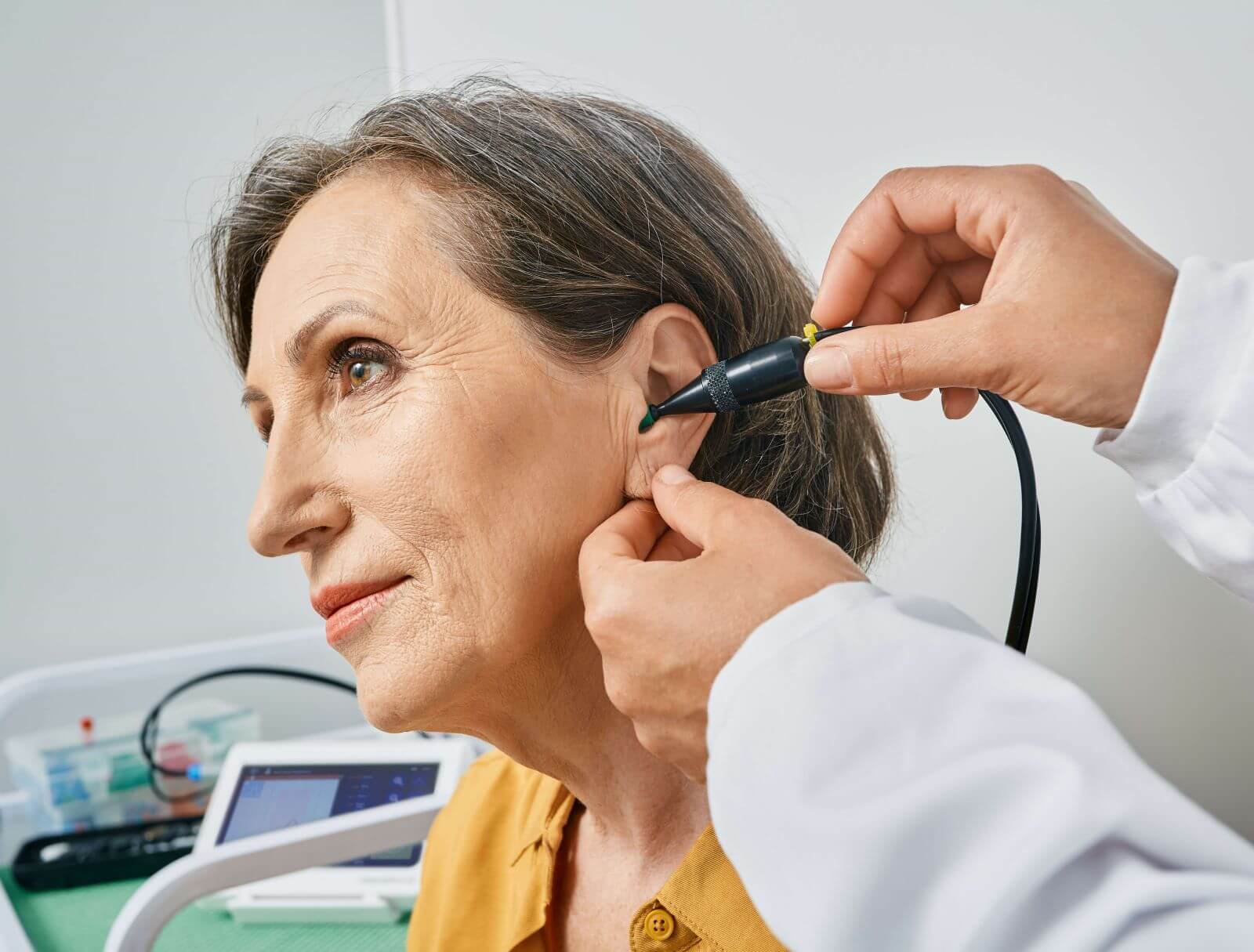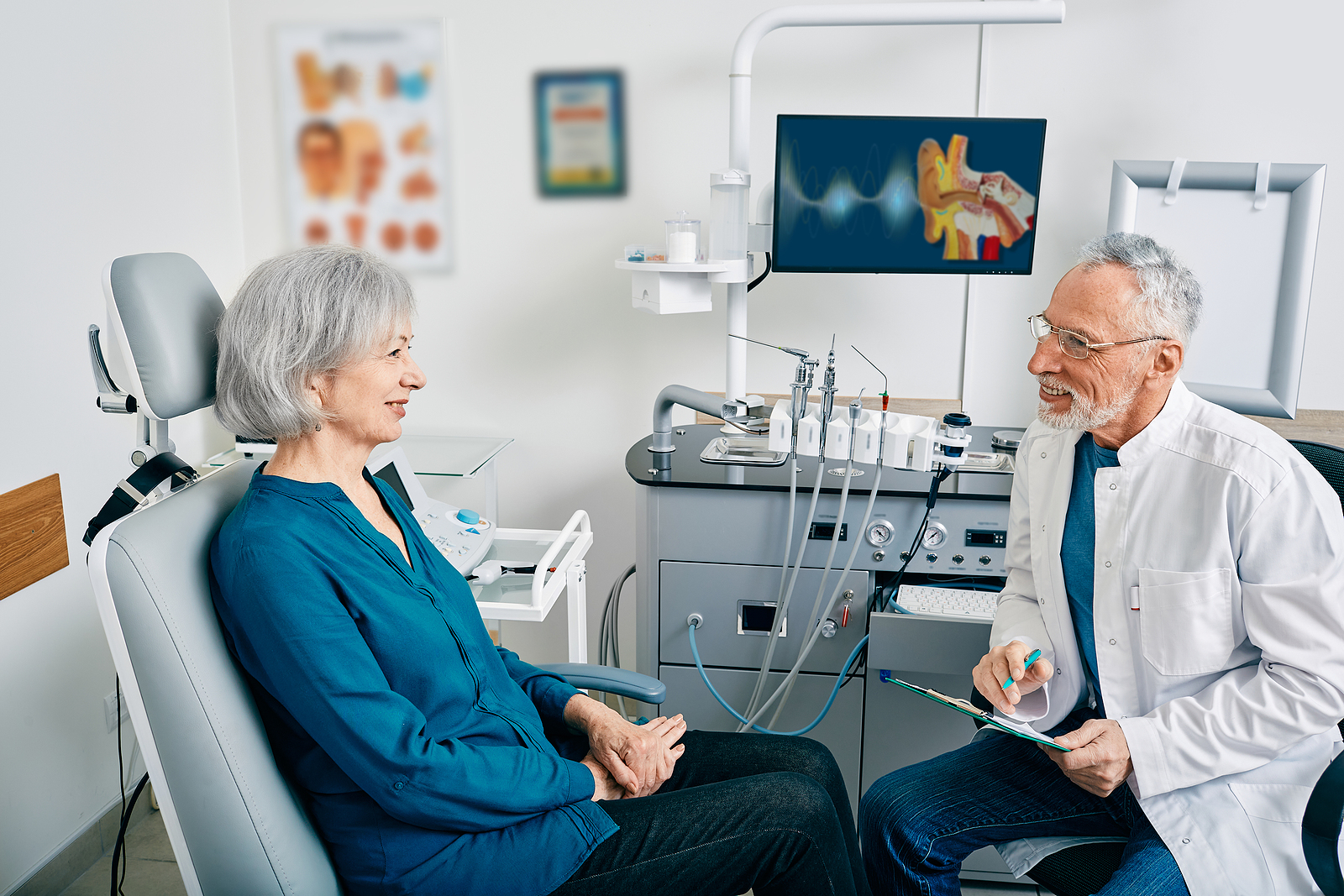What to Expect at a Hearing Test
Hearing tests are an essential diagnostic tool that helps us identify any potential hearing loss or complications and determine which types of treatment will be most effective.
Before taking a hearing test, it's beneficial to understand the various stages involved in gauging one's auditory health, from initial screening questions about medical history to more thorough assessments of hearing ability. This helps the process go smoothly and eases any concerns or misconceptions people might have about what actually occurs during testing. Furthermore, our team will be better informed on how to proceed with recommended treatments.
The majority of the testing involves sitting in a soundproof space with headphones on. The subject will be asked to detect a variety of sounds and frequencies and to either raise their hand or press a button to confirm perception.
We may ask you to describe various characteristics of the sounds you heard, such as pitch and volume intensity. The complete testing process takes anywhere between 30 minutes to an hour from start to finish but is different for each person and their individual testing requirements. Though hearing evaluations consist of five main components, not everyone will be subject to each one. Nevertheless, it is helpful to become familiar with all of the stages and what each stage entails.
Medical Health History

Otoscopy

Tympanometry

Speech Testing

Air and Bone Conduction Testing

Why Choose Us?
Better hearing shouldn't cost you an arm and a leg.
With Sound Advice, the perfect hearing aids for your hearing needs are within reach!
Come see us today and let our Hearing Instrument Specialists show you how life-changing a flawlessly fitted and reasonably priced hearing device can be - now that is some real "sound advice!"

